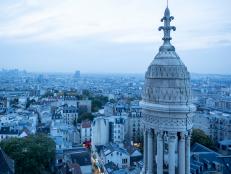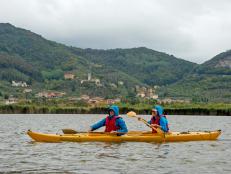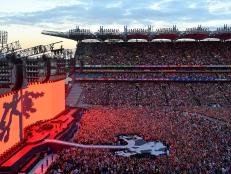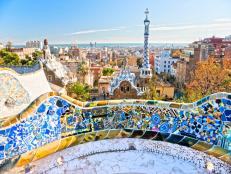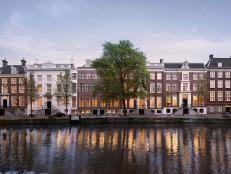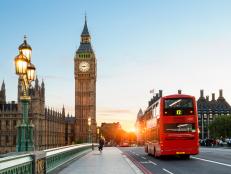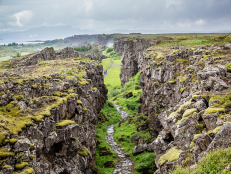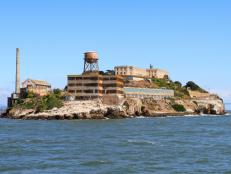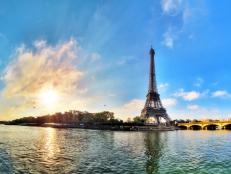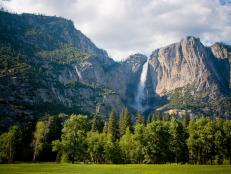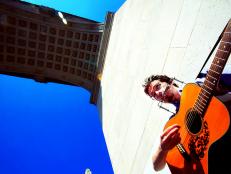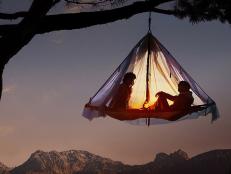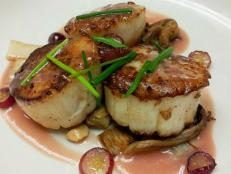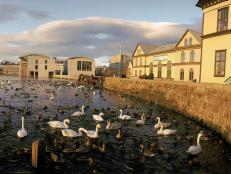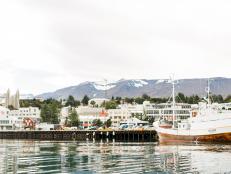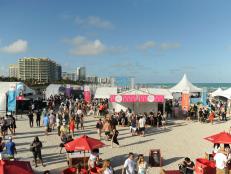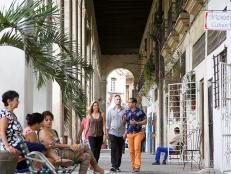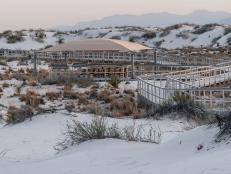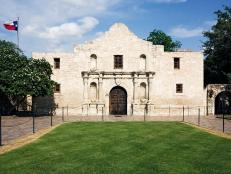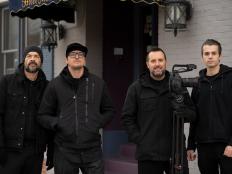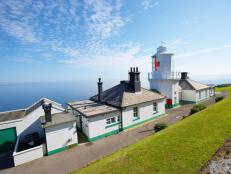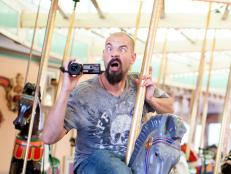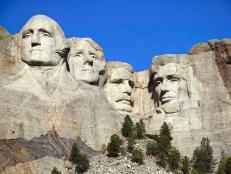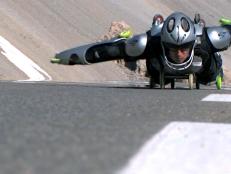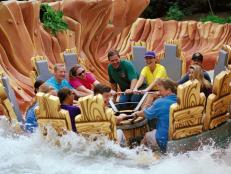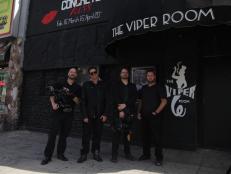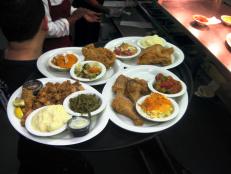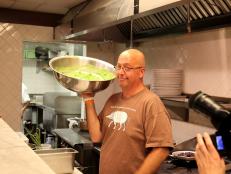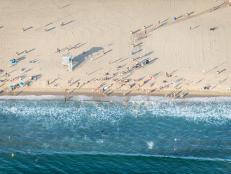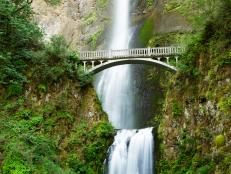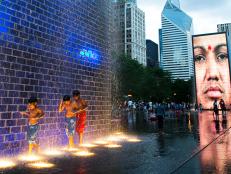Things to Do in Germany
As one of the largest countries in the European Union, Germany offers endless things to see and do. In addition to medieval attractions -- think spectacular hilltop fortresses -- a trip to Germany dishes up plenty of contemporary thrills, too. Go castle-hopping on a road trip through the country’s south, hit the rails on a scenic train ride through the Bavarian countryside and sample the national beverage on a brewery tour; they're among our top picks for things to do in Deutschland.
1. Germany’s Castle Route
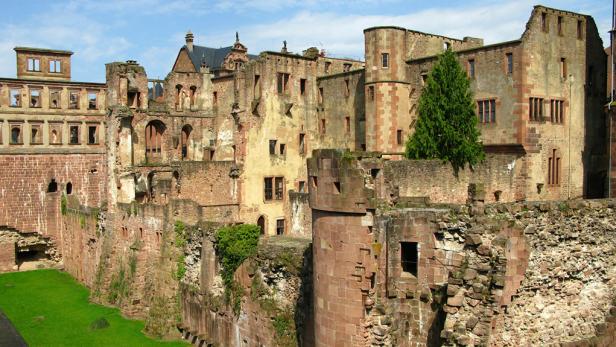
Thinkstock
See Germany’s most popular castle on a trip through southwest Bavaria. In addition to being the 19th-century lair of Mad King Ludwig II, Neuschwanstein later served as the inspiration for Disneyland’s Sleeping Beauty Castle. That’s just the beginning to Germany's fantastical castles. Rent a car in Frankfurt, and drive south to the southwestern city of Mannheim to cruise the winding country roads of the Baden-Wurttemberg region just east of the city. This Castle Route (Burgenstraße in German) stretches for 625 miles from Mannheim into the Czech Republic. Stop off at the Heidelberg Castle, one of the most famous castles in Europe, as well as the Imperial Castle Nuremberg, built high above the city. Or book a stay at the 13th-century Castle Colmberg in the Bavarian district of Ansbach.
2. Danube River Cruise
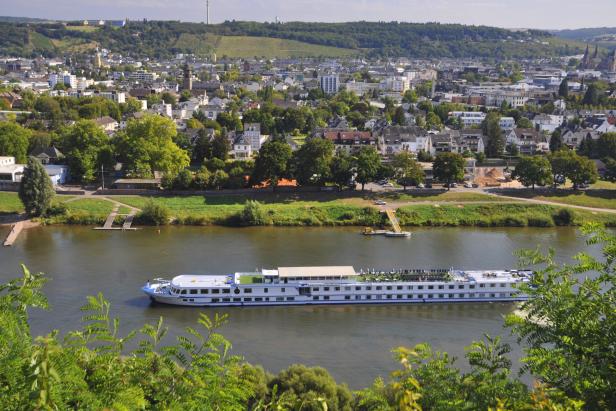
Thinkstock
Germany is one of Europe's top cruising destinations, with prime river-cruising season running from April to October. With 200 passengers or fewer, Germany’s river cruises offer an intimate tour of the country’s south, where you’ll cruise past castles lining the Rhine River. Also explore the Danube River, one of Europe’s longest and most beautiful rivers, on a cruise from tour operators such as Viking River Cruises or Avalon Waterways, departing from the city of Passau, along the Austrian border; stops along the way include such cities as Vienna and Budapest.
3. Train Ride Through Scenic South
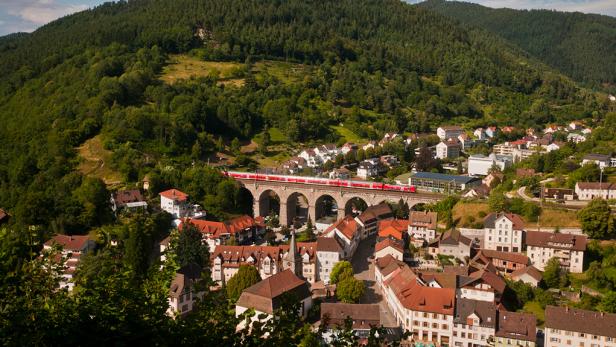
Thinkstock
Book a Eurail pass for an easy and flexible way to travel through all of Germany. Among the most picturesque routes is the Black Forest Line, one of the world’s oldest mountain lines, which connects the inspiring landscapes of the Upper Rhine Valley and Lake Constance, Central Europe’s third-largest lake (and haven for water sports enthusiasts). For journeys through southwestern Germany’s Baden-Württemberg region, board the train in the village of Offenburg (bound for the town of Konstanz). Or travel from the towns of Freiburg and Seebrugg, and enjoy an unfolding scene of mountain lakes, postcard villages and forests dense with pines. In western Germany, see castle views stream past your train’s window, on a journey that winds through a valley along the Rhine River, between the cities of Mainz and Koblenz.
4. Tour Germany's Breweries
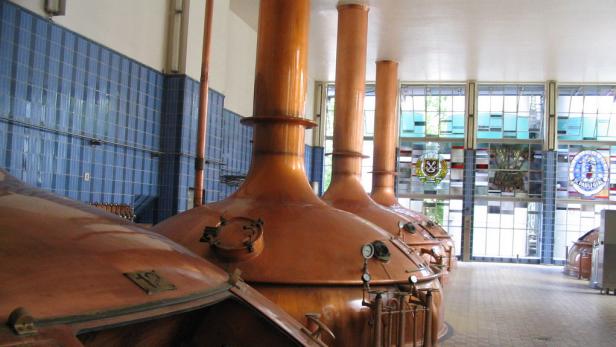
Tawcan, flickr
Savor Germany's beer culture on a tour of Munich’s Erdinger Brewery, the world’s largest producer of wheat beer (weissbier in German); it’s the place to learn how the million bottles of brew filled here daily are actually produced. Go behind the scenes of a more internationally recognized brand at the Becks Brewery in the northwestern German city of Bremen, where you can see the bottle line in operation. Or sample Düsseldorf’s famous Altbier (a dark beer, literally translated to “old beer”) at the Brauerei zum Fuchschen, which has been pumping out the city’s beloved brew since 1848. Just remember to say “Prost!” (Cheers!) when you raise your stein.
5. Lively Christmas Markets

Thinkstock
Oktoberfest hogs the spotlight for top annual events in Germany, but the country’s other prime festival season occurs during the lead-up to Christmas, when cities and villages nationwide host a Weihnachtsmarkt (Christmas market). Nuremberg's Christmas market is the most famous of all, with hundreds of stalls selling items like handmade wooden crafts, jewelry, sugared pastries (known as Gebäck) and steaming mugs of mulled wine. Big cities like Munich and Berlin host multiple Christmas markets, too, ranging from the traditional Christmas market in Munich’s main square to a naughty version along the Reeperbahn in Hamburg’s red-light district.

